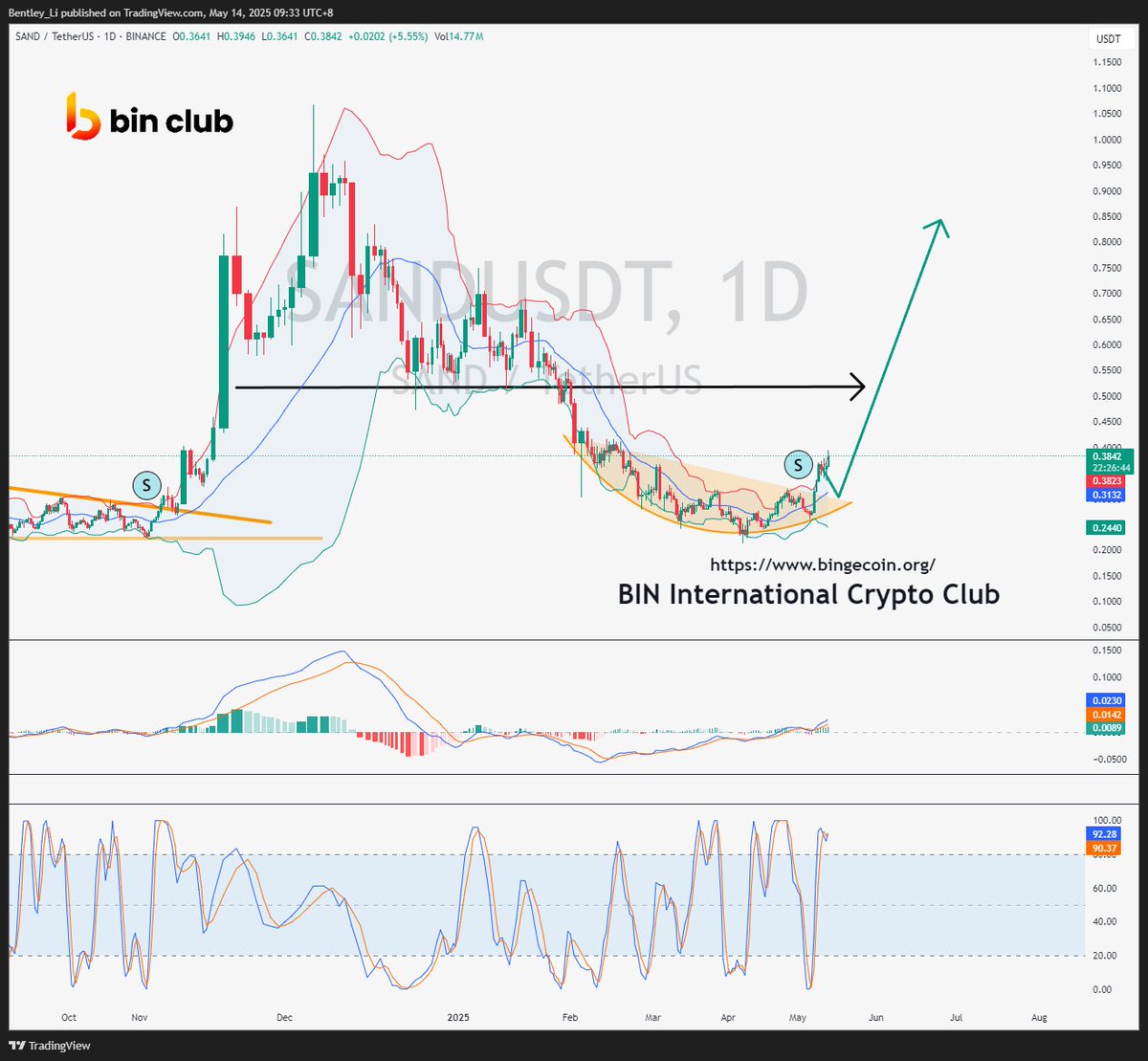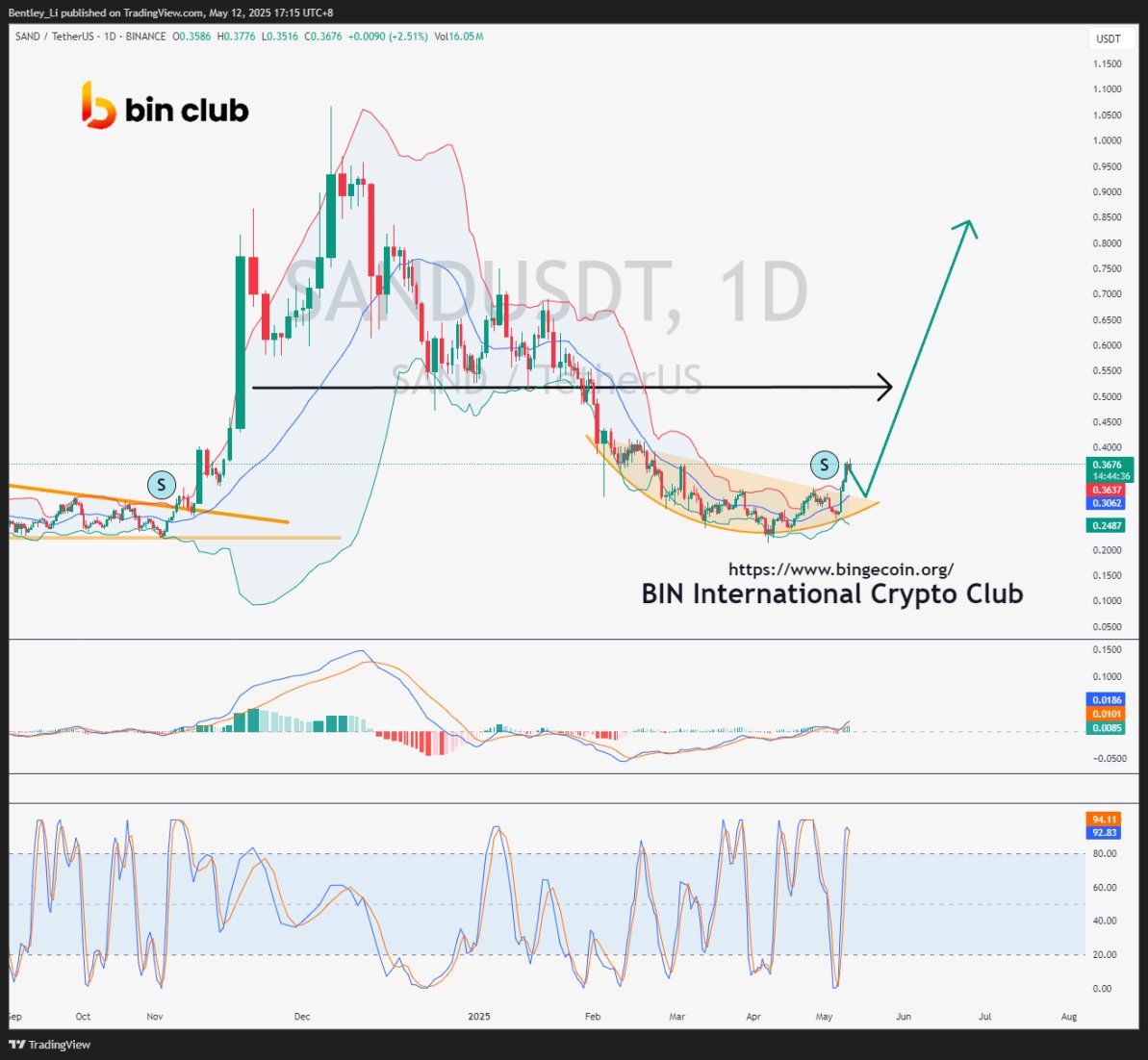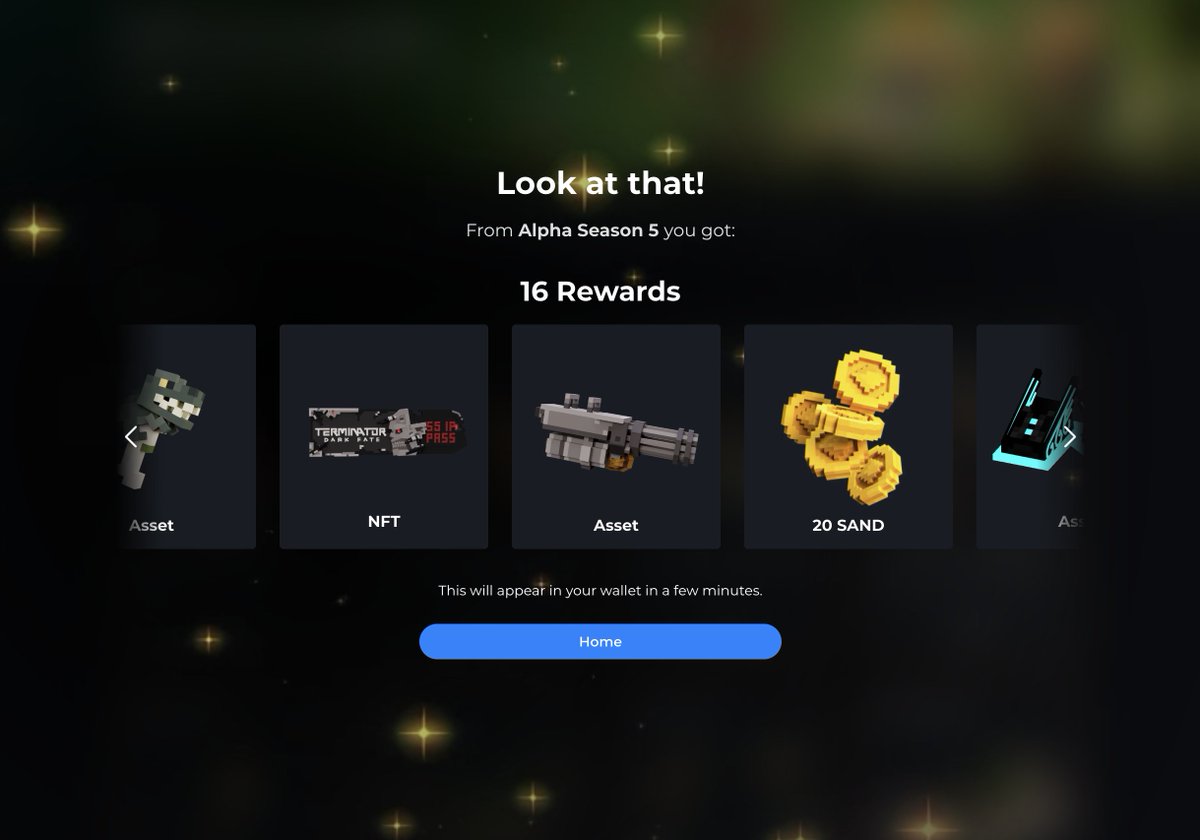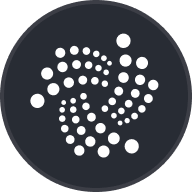Sandbox ist eine dezentrale virtuelle Welt auf der Ethereum-Blockchain, in der Sie Voxel-Assets und Spiele erstellen, teilen und monetarisieren können. Die Sandbox ist eine auf Ethereum basierende Play-to-earn (P2E)-Plattform, deren Entwickler darauf abzielen, ein immersives Metaverse-Erfahrung ohne eine zentrale Autorität.
Traditionelle voxelbasierte Spiele zum Aufbau virtueller Welten wie Minecraft sind zentralisierte Spiele, bei denen Benutzer kein Eigentum an ihren Kreationen oder dem Gameplay haben. Sandbox löst dieses Problem, indem es Spielern ermöglicht, Spielerlebnisse auf der Ethereum-Blockchain aufzubauen und zu monetarisieren.
Im Gegensatz zu herkömmlichen Spielen, bei denen In-Game-Assets auf dem Server des jeweiligen Unternehmens vorhanden sind, ist jedes Objekt im Sandbox-Metaversum ein frei handelbarer nicht fungibler Token (NFT) auf der Ethereum-Blockchain, wodurch ein Benutzer den vollständigen Besitz des In-Game-Gegenstands erhält. Die Schöpfer innerhalb der Sandbox haben somit über diese NFTs echtes Eigentum an ihren Kreationen. Darüber hinaus werden sie für ihre Teilnahme mit SAND, dem Utility-Token des Netzwerks, belohnt.
Da das Sandbox-Ökosystem auf der Ethereum-Blockchain basiert, sind alle Ausführungen von Smart-Contracts, NFT-Transfers, Kryptowährungstransaktionen und die Führung von Aufzeichnungen möglich werden durch das Ethereum-Netzwerk ermöglicht. Dies geschieht über drei Kernprodukte, die diese Funktionen vorantreiben und Benutzern bei der Erstellung ihrer virtuellen Welt helfen. Dies sind VoxEdit, Marketplace und Game Maker.
VoxEdit ist ein kostenloses Voxel-Modellierungspaket, mit dem Benutzer 3D-Objekte erstellen und animieren können. Diese Objekte können dann als spielinterne Assets in den Sandbox-Marktplatz exportiert werden. Der Marktplatz ist ein webbasierter Shop, der Käufer und Verkäufer beim Handel mit Asset-NFTs verbindet. Es ermöglicht Benutzern das Hochladen, Veröffentlichen und Verkaufen ihrer Vermögenswerte als ERC-721- und ERC-1155-Token.
Schließlich ermöglicht Game Maker den Benutzern, über visuelle Skriptknoten Gameplay-Mechaniken zu ihren Voxel-Assets hinzuzufügen, sodass Benutzer auf ihrem gekauften Grundstück ein ansprechendes Spielerlebnis schaffen können. Benutzer können Game Maker auch verwenden, um Voxel-Assets in ihrem Sandbox-LAND zu platzieren. LAND kann auch Wettbewerbe und Veranstaltungen veranstalten, Vermögenswerte monetarisieren, Spiele spielen und erstellen, in der Governance des Metaversums The Sandbox abstimmen und SAND-Token einsetzen. Es stehen maximal 166.464 LANDS zur Verfügung.
SAND: Das native Token der Sandbox
SAND ist ein ERC-20-Token, der unter anderem für Transaktionen innerhalb der Plattform verwendet wird. Spieler geben SAND aus, um auf Spiele zuzugreifen und diese zu spielen, Ausrüstung zu kaufen und ihre Avatare anzupassen. Mit SAND können auch Vermögenswerte und Grundstücke erworben werden.
Ein weiterer nativer Token des Sandbox-Metaversums sind ASSET-Token, die mit SAND gekauft und verkauft werden können. Benutzer können ASSET-Token auf dem Marktplatz als NFTs erstellen und verkaufen, die In-Game-Gegenstände darstellen.
SAND fungiert auch als Governance-Token. Inhaber können über die dezentrale autonome Organisation (DAO) der Plattform über Entscheidungen bezüglich der Zukunft von The Sandbox abstimmen
SAND kann auch eingesetzt werden, was die Erzielung passiver Einnahmen ermöglicht. Darüber hinaus können durch eingesetzte SAND-Token Erträge in Form von wertvollen Edelsteinen und Katalysatoren erzielt werden, die zur Erstellung von ASSETs verwendet werden.
SAND-Preis und Tokenomics
SAND ist ein deflationärer Token mit einem begrenzten Vorrat von 3 Milliarden. Vom Gesamtangebot wurden 360 Millionen SAND für den Launchpad-Verkauf bereitgestellt, 17,8 Prozent wurden für die Seed-Verkaufsrunde aufbewahrt und 4 Prozent der SAND-Tokens wurden während eines strategischen Verkaufs im Juli 2020 verteilt.
Vom verbleibenden SAND-Vorrat wurden 12 Prozent der Token an die Sandbox Foundation gespendet, 25,82 Prozent wurden für Reserven bereitgestellt, 19 Prozent der SAND-Tokens wurden an die Gründer und das Team verteilt und 10 Prozent der SAND-Tokens wurden an Berater ausgezahlt.
Der Saatgutverkauf und die strategische Verkaufszuteilung haben eine 12-monatige Frist, danach werden alle sechs Monate 20 Prozent der Token freigeschaltet.
Die durch The Sandbox generierten Einnahmen werden auf vier Stakeholder verteilt, um die kontinuierliche Unterstützung des Ökosystems aus Spielern und Entwicklern sicherzustellen. Diese Token werden an den Stiftungspool, den Einsatzpool, die Unternehmenskasse und die Unternehmensrücklage verteilt.
Über die Gründer
Das Sandbox-Projekt wurde 2012 von Sébastien Borget, heute COO von Sandbox, und CEO Arthur Madrid gegründet.
Sandbox wurde von Pixowl, einem Unternehmen für die Entwicklung mobiler Spiele in San Francisco, entwickelt und ursprünglich als 2D-Handyspiel eingeführt, das über 40 Millionen Menschen heruntergeladen haben.
Im Januar 2018 beschloss Sandbox, eine 3D-Version des Spiels auf Ethereum zu entwickeln. Darüber hinaus wollte das Sandbox-Team den Spielern 100-prozentiges Eigentum an ihren In-Game-Gegenständen und die Möglichkeit geben, ihr Gameplay und ihre Vermögenswerte zu monetarisieren. Später im August 2018 erwarb Animoca Brands, der führende Blockchain-Spieleentwickler, Pixowl.
Um ihre Vision zu finanzieren, sammelte Sandbox in den Jahren 2019 und 2020 in drei Token-Verkäufen 6,8 Millionen US-Dollar. Darüber hinaus kündigte das Unternehmen einen Zuschuss von 2 Millionen US-Dollar für Schöpfer an, um Voxel-Kunst auf der Sandbox-Plattform zu erstellen und zu veröffentlichen.



























